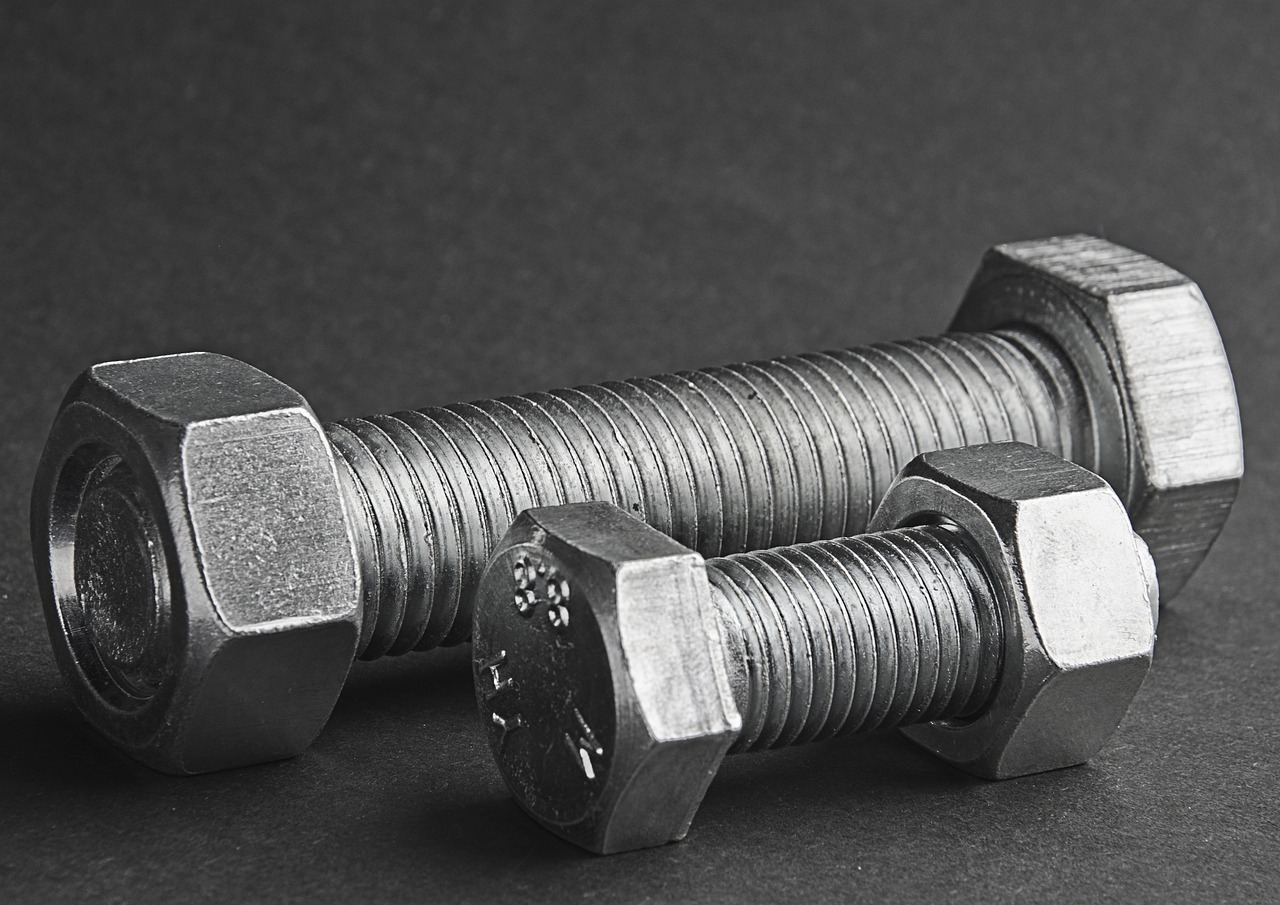Aircraft construction demands flawless threaded fasteners tolerating extreme turbulence. But fabricating these high-integrity connections perplexes technicians facing steep learning curves.
This thorough article will cover aerospace threading fundamentals spanning equipment selections to troubleshooting defects while optimizing for precision fitments. You’ll gain indispensable insights for achieving airworthy assemblies.
Aerospace fastener requirements
The uncompromising demands of aircraft construction necessitate threaded fasteners exceeding ordinary specifications.
Firstly, predictable axial clamp load capacity prevents catastrophic structural failure as airframes flex across extreme pressure and temperature shifts.
Additionally, complete corrosion immunity allows components to endure decades of chemical deterioration at altitude. Fastener materials must also handle shear, tensile, and torsion forces well beyond typical hardware ratings to avoid fracture with minimal weight.
Finally, dimensional consistency and test result interchangeability facilitate maintenance standardization between fleet aerospace vehicles over 30-year lifecycles to comply with stringent certifications.
Machining threads in aircraft materials
Cutting optimized fastener fits in notoriously difficult aerospace alloys requires balancing specialized methods for maximizing tool life while achieving specification tolerances.
Titanium and nickel alloys – Extreme toughness invites accelerated cutter wear. Positive rake style tool geometry, slow surface feet values, and sulfur-free lubricants improve longevity.
High-strength steels – Their exceptional strength necessitates rigidity assurances in single-point threading operations. Pre-drilling pilot holes prevent tool overloading. Chiefs reduce chatter.
Aluminum – Although softer, aluminum’s tendency to weld onto cutting edges requires flood coolant application, which also supports chip evacuation. Marginal rigidity machines distort parts.
Inconel/waspaloy – Similar to titanium and nickel base challenges, these materials have low thermal conductivities, retaining generated heat as tools are cut. Copious cooling/lubrication avoids excess tool wear.
Equipment selection factors
Carefully weigh production scale, thread size ranges, international standards compliance, and inspection access requirements when acquiring machinery for aircraft thread fabrication.
CNC lathes – For high volume throughput, multi-axis computer numerical control (CNC) turning centers automate complex precision thread milling, which is otherwise challenging manually. Live capability monitoring detects tool wear, adjusting feeds/speeds in real-time for optimization while minimizing scrapped shafts. Certain CNC models meet exacting ISO 9001 quality management compliance through fully digitized data tracking of all aerospace threaded parts.
Manual machines – Small batch workshops depend on versatility from adjustable bench style lathes, taps, and dies meeting certified threading standards like ISO Metric, Unified National Fine, and Unified National Coarse across both internal and external diameters – including roles difficult for CNC equipment like reaching pipe threading taps into confined tubing connections. When appropriately sized for the thread dimensions with necessary rigidity, manual setups finish intricate tasks.
Validation methodologies
Stringent inspections vet aircraft threads—properties analysis options help.
Gauging – Ring gauges, caliper micrometers, and optical comparators quantitatively validate all thread dimensions and fits compared to go/no-go standards.
Proof loading – Stressing threaded demonstrators by tension loading to specified limits preemptively confirms performance margins before installation for mission-critical applications.
Plating thickness – Critical electrolytic coatings like cadmium and anodizing must remain between minimum and maximum thickness limits to facilitate proper pre-tensioning and fatigue resistance without dimensional interference.
Standardization protocols
Aircraft construction demands much higher fastener consistency than commercial applications. Formal standard operating procedures for fabrication, inspection documentation, torque specifications, and maintenance integrate with digital records tracking individual threaded hardware lifecycles.
This oversight ensures reliable interchangeability for decades. Likewise, veteran machinists conduct extensive apprenticeship programs, transferring threaded expertise to next-generation aerospace technicians. Hands-on mentoring communicates undocumented tricks and best practices, supplementing textbook understandings.
These rigorous knowledge transmission safeguards aid an industry dependent on incremental improvements, allowing room for future innovations.
Understanding pitfalls
Recognizing mistakes improves prevention tactics.
Rushing alignment
Gradually guide taps. Continually recentering stock avoids exponential drift.
Bottoming out
Driving taps beyond hole depth risks tool lodging. Leave incomplete end threads in through holes.
Wrong sequence
Confirm precise thread counts match stock before initiating cuts. Reversing mistakes proves impossible.
Contamination
Carefully eliminate chips/debris immediately to enable perfectly interlocking connections downstream.
Under/overcooling
Tuning specific coolant amounts prevents distorting metal while optimizing tool longevity as heat dissipation needs fluctuate.
Conclusion
This overview covers fundamental best practices for achieving elite threaded connections in aircraft construction. Further exploration around optimized fastener torque tension dynamics and proprietary thread-locking sealants awaits. However, carefully applying core techniques fosters strong foundations even master machinists continually build upon in pursuing threading excellence for aerospace.
